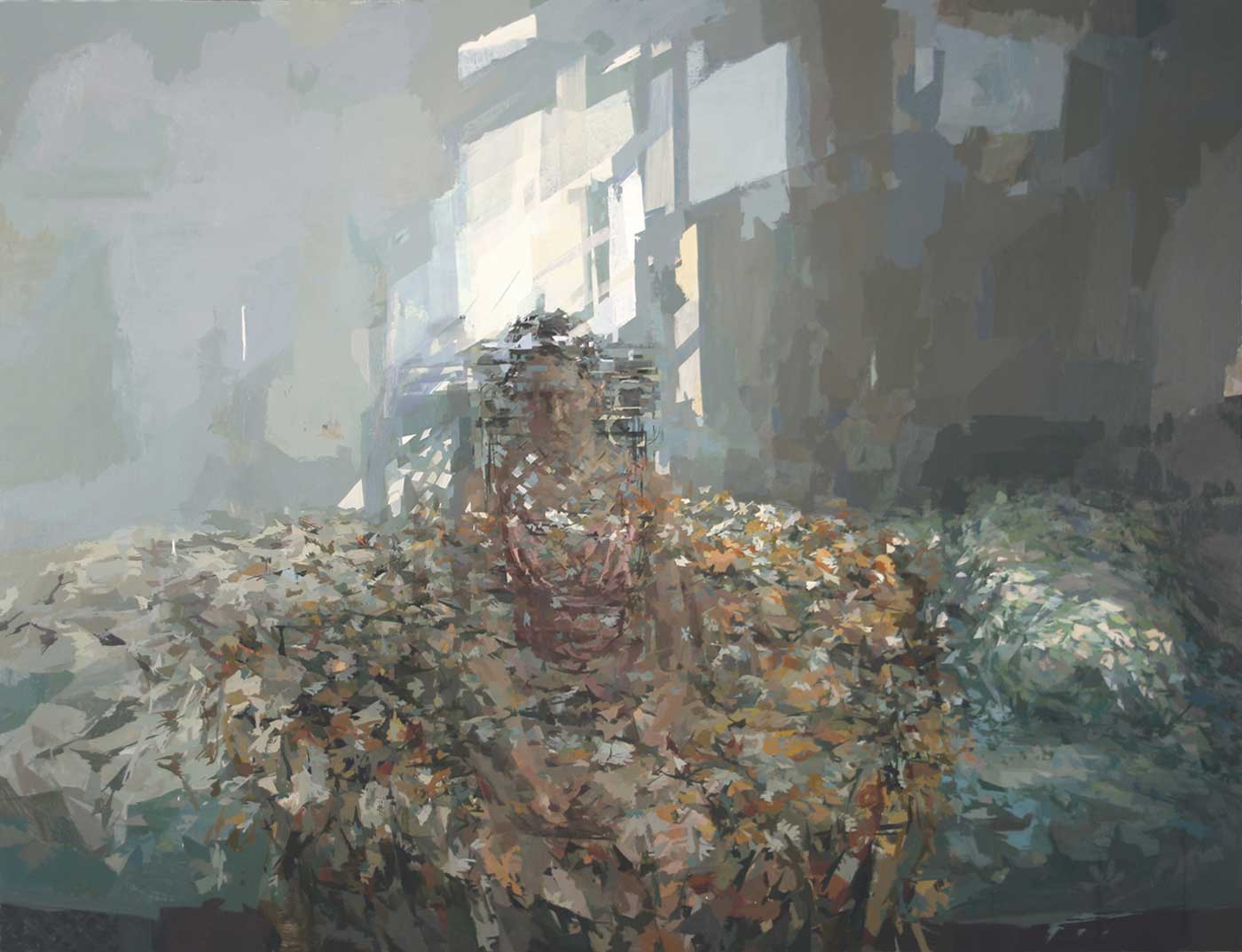uncg_art_mfa
uncg_art_mfa is a blog for the University of North Carolina Greensboro Studio Art graduate community.
Thursday, November 1, 2012
Politics in the Museum
Article from the Times about the reluctance on the part of US museums to engage with contemporary politics.
Monday, October 29, 2012
Andrea Zittel
Mary Mattingly's Waterpod reminds me of Andrea Zittel's Indy Island at the Indianapolis Museum of Art's Sculpture Park, 100 Acres. Zittel created a habitat in the middle of the park's lake and it is used to house artists in residence at the park. Her statement for the project is here.
Monday, October 22, 2012
Lois Weinberger is working on a network, devoting his attention to peripheral areas and questioning all sorts of hierarchies. He sees himself as a field worker and started in the early 1970´s with ethno-poetical works, which are the basis for an artistic debate - developed over some decades - concerning standard social behaviour in both natural space and that of civilization. Ruderal plants involved in all areas of life, are initial and orientation point for notes, drawings, photographs, objects, texts, films as well as big projects in public space.
Mary Mattingly explores the themes of home, travel, cartography, and humans' relationships with each other, with the environment, with machines, and with corporate and political entities. She has been recognized for creating photographs and sculptures depicting and representing futuristic and obscure landscapes, for making wearable sculpture, and for her ecological installations, including the Waterpod (2009).
Tuesday, October 2, 2012
Thomas Hirschhorn- Concordia Concordia
Thomas Hirschhorn's current exhibition "Concordia Concordia" is the artist's recreation of the recent wreck of a Italian cruise ship where 34 passengers were killed. This interpretation of the tragic disaster illustrates the simulations that Baudrillard wrote of in "The Precession of Simulacra." Hirschhorn is removed from the event, using pictures and video to shape the installation. The viewer enters the gallery with only that knowledge as well, thanks to media and news coverage. It is hard to tell from photos how much he has disguised the space and how convincing it is as the site, but it could be extremely powerful as hyperreality.
Tuesday, September 25, 2012
Carsten Holler- Experience
When Hal Foster wrote about the fine line between site specific work and tourist site in "Artist as Ethnographer," I thought of Carsten Holler show at the New Museum last October. I did not see the show, but I remember reading about how, due to popularity, the museum extended its run and about the lines visitors had to wait in to ride the slide he installed. These lines, viewing windows throughout the slide, and the waiver visitors have to sign before participating in any of his experiences (which also included the taking of pills and the opportunity to feel your nose grow) add to the spectacle.
Tuesday, September 18, 2012
Stephanie Pierce
Stephanie Pierce approaches painting with perceptual problems foremost in mind. In order to explore her visual questions, she has arrived at a form which defies traditional representational conventions while still being entirely about seeing, and the experience of perceptual reality. Although her work is deeply indebted to her teacher, Ann Gale, there's a lot of unique work to see on her website. Neil Plotkin also interviewed her for the Painting Perceptions blog here. A quick quote from the interview: "I feel like if anything, the paintings are like these confessions of all
my inability, or some kind of record of how I struggle to understand
something or come to process this thing I see."
Sunday, September 16, 2012
Sam Durant
Of the many stellar works at Documenta 13, I think Sam Durant's sculpture Scaffold, located within the Karlsaue park, resonates with the themes we've been discussing in class.
Durant states:
Because of the intricacy and complexity of this structure, it may not be immediately apparent as to exactly what its origins are or how it is to be used; while children use it as a play structure, adults, perhaps attracted by its architectural novelty can slowly discover its origins and meaning. While some might see a resemblance to constructions in an adventure playground from the 1970’s, the sculpture is actually made up of a combination of reconstructed gallows (or scaffolds as they were once called) that were used in executions of significance throughout U.S. history. Through this formal uncertainty there is an attempt to signify both the free play of childhood and the ultimate form of control, capital punishment.
http://www.samdurant.com/
Durant states:
Because of the intricacy and complexity of this structure, it may not be immediately apparent as to exactly what its origins are or how it is to be used; while children use it as a play structure, adults, perhaps attracted by its architectural novelty can slowly discover its origins and meaning. While some might see a resemblance to constructions in an adventure playground from the 1970’s, the sculpture is actually made up of a combination of reconstructed gallows (or scaffolds as they were once called) that were used in executions of significance throughout U.S. history. Through this formal uncertainty there is an attempt to signify both the free play of childhood and the ultimate form of control, capital punishment.
http://www.samdurant.com/
Subscribe to:
Posts (Atom)








